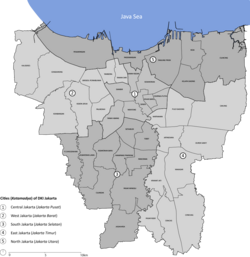Collection
The first room became the site of the first historical event in preparation for the formulation of the Indonesian proclamation of manuscripts. This room is used as a living room as well as an office by Maeda. In addition, this room also describes the atmosphere before the proclamation, such as the process of forming the BPUPK and the PPKI and the atomic bombings of Hiroshima and Nagasaki.
The second room became the place where Sukarno and Hatta held a meeting together at a round table with other administrators such as B.M. Diah. In this room, the original text of the proclamation was handwritten by Sukarno.
The third room has a piano, which is the place where Sukarno and Hatta signed the text of the proclamation of Indonesian independence. Another incident that also occurred in the third room was Sukarno reading the proclamation text in front of his house.
The last room is an exhibition room of objects that were worn by the individuals who were present during the formulation of the proclamation text. These objects are watches, pens and clothes. In this fourth room, Sayuti Melik and B.M. Diah typed the text of the proclamation of independence
This page is based on this
Wikipedia article Text is available under the
CC BY-SA 4.0 license; additional terms may apply.
Images, videos and audio are available under their respective licenses.


